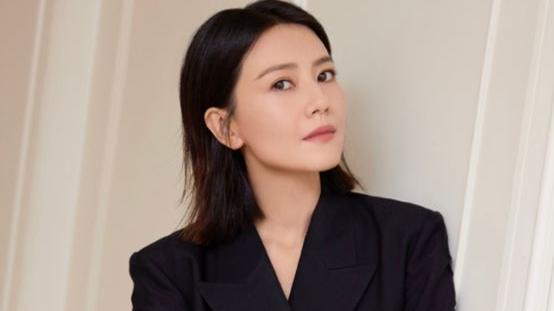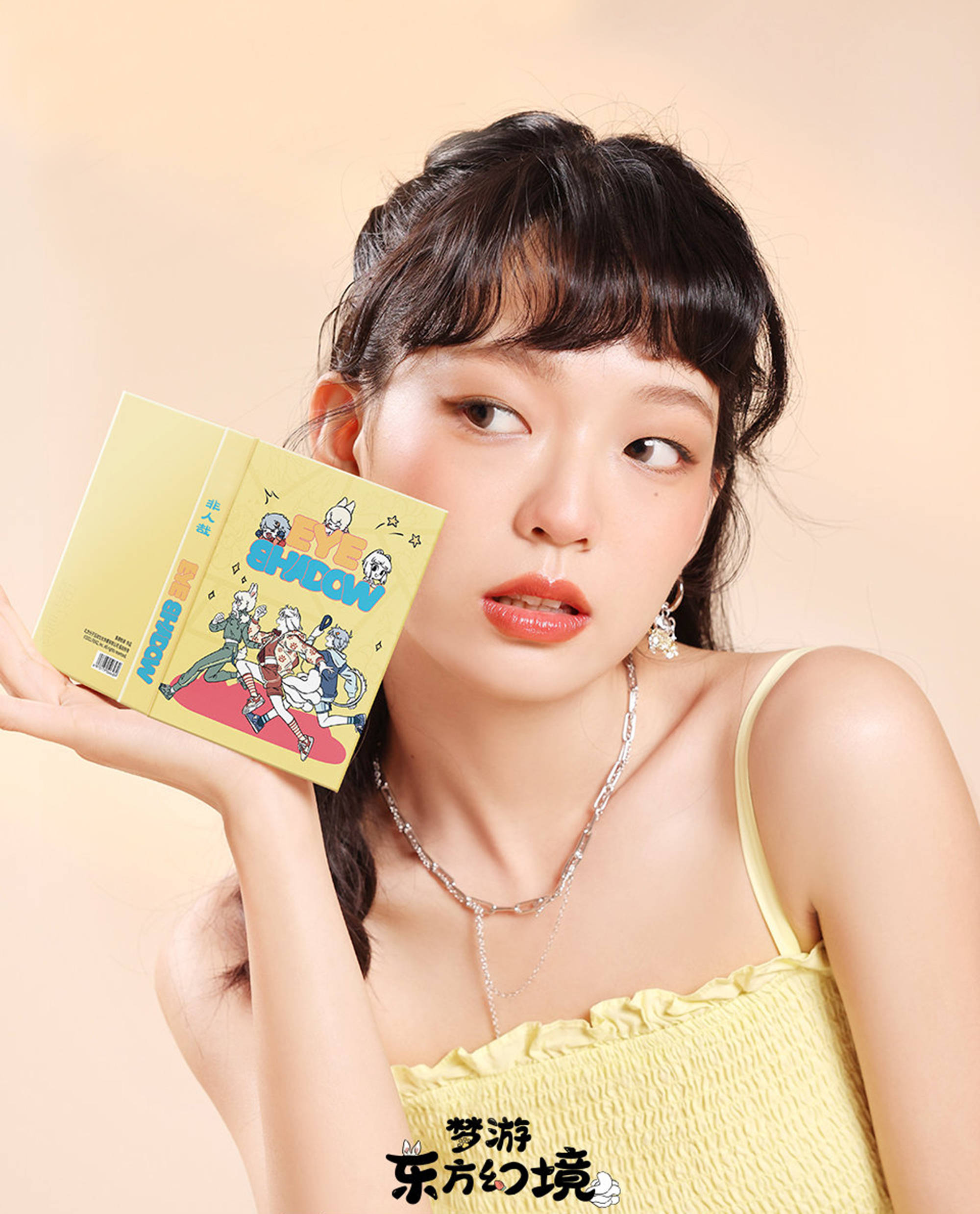肢体语言|掌握了这15种常见肢体语言,你也能成“读心专家”!( 三 )
"They typically display positive affect - a slight smile that accompanies direct eye contact, with a slow glance away, but still holding the smile.
“他们通常会表现出积极的情绪——微笑着直视对方 , 然后保持笑容将目光缓慢移开 。 ”

本文图片
12
眉头没有向内聚拢上抬 , 那么他可能没有看上去那么悲伤
Psychologist Paul Ekman uses the term "reliable muscles" for the muscles in the face that you can't contract voluntarily.
心理学家保罗·艾克曼用“可靠的肌肉”来形容人们无法自如控制的面部肌肉 。
If you observe a person expressing sadness both verbally and facially, but the inner corners of his eyebrows are not going up and in, he may not be experiecing sadness at all. He's unable to contract these muscles voluntarily despite his best efforts.
如果你发现有人用语言和面部表情表达悲伤 , 但是他的眉头没有上抬聚拢 , 那么他可能根本不难过 。 尽管他已经尽了最大努力 , 但是他还是无法自如地收缩这些肌肉 。
13
一半的面部表情比另一半明显 , 那么这可能不是真实的情绪

本文图片
The vast majority of facial displays of emotion are bilateral - that is, they show up on both sides of the face equally. Next time you tell a joke, look to see if her smile is symmetrical when she laughs.
大部分表达情绪的面部表情都是对称的 , 也就是说 , 脸部两侧的表情是对等的 。 下次你再讲笑话时 , 看看对方的笑容是否是对称的 。

本文图片
14
豪放的姿势意味着权力和成就感
If someone's leaning back and relaxed, they probably feel powerful and in control. In fact, research has found that even people born blind raise their arms in a V shape when they win a physical competition.
如果一个人放松地向后靠 , 那么他们可能感觉自己很强大 , 胜券在握 。 事实上研究发现 , 即使是天生的盲人 , 在体育竞赛中取胜时也会举起胳膊形成V字形 。
【肢体语言|掌握了这15种常见肢体语言,你也能成“读心专家”!】15
耸肩是表示困惑的通用肢体信号

本文图片
The shrug is a good example of a universal gesture that is used to show that a person doesn't know or doesn't understand what you are saying.
耸肩是一种通用的肢体语言 , 它表明一个人不知道或不明白你在说什么 。
经验总结扩展阅读
- 语言 人到奔五的年纪,请学会停止唠叨
- 鬼谷子:做事不能靠运气,真正的精明人都掌握了这三条成事法则
- 肢体语言|中年女人的三种“肢体语言”,实际上是在主动求爱,用意相当明显
- 周深 周深三种语言翻唱《千千阙歌》
- |女人变心了,会有三种明显的“肢体语言”,男人不要不当回事
- 梅根·马克尔|肢体语言专家分析梅根录像,揭露梅根盯着母亲看时内心阴暗情绪
- 职场生存,这项能力不可或缺,3步骤助你快速掌握
- 你永远无法预知天灾何时降临只有掌握自救知识才能在关键时刻清醒理智的采取自救措施保全性命1...|科普知识|地震逃生小知识
- |中年女人主动求爱,会有哪几种明显的“肢体语言”?
- 上海 我的上海婆婆不识字,在我眼里却是个“语言大师”










